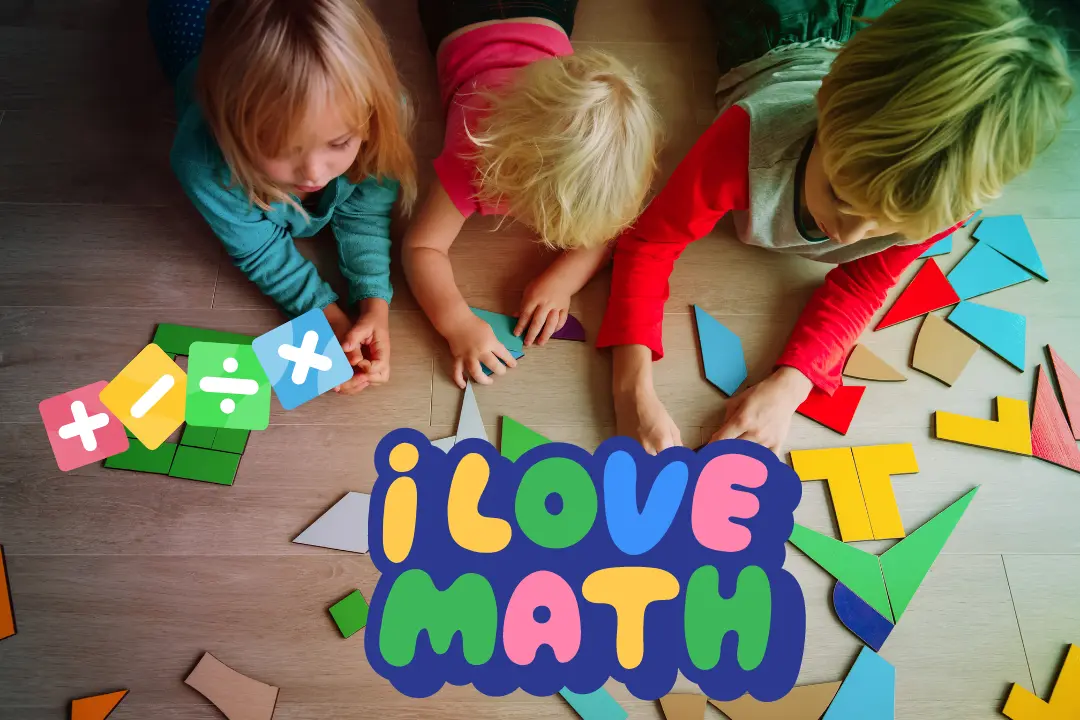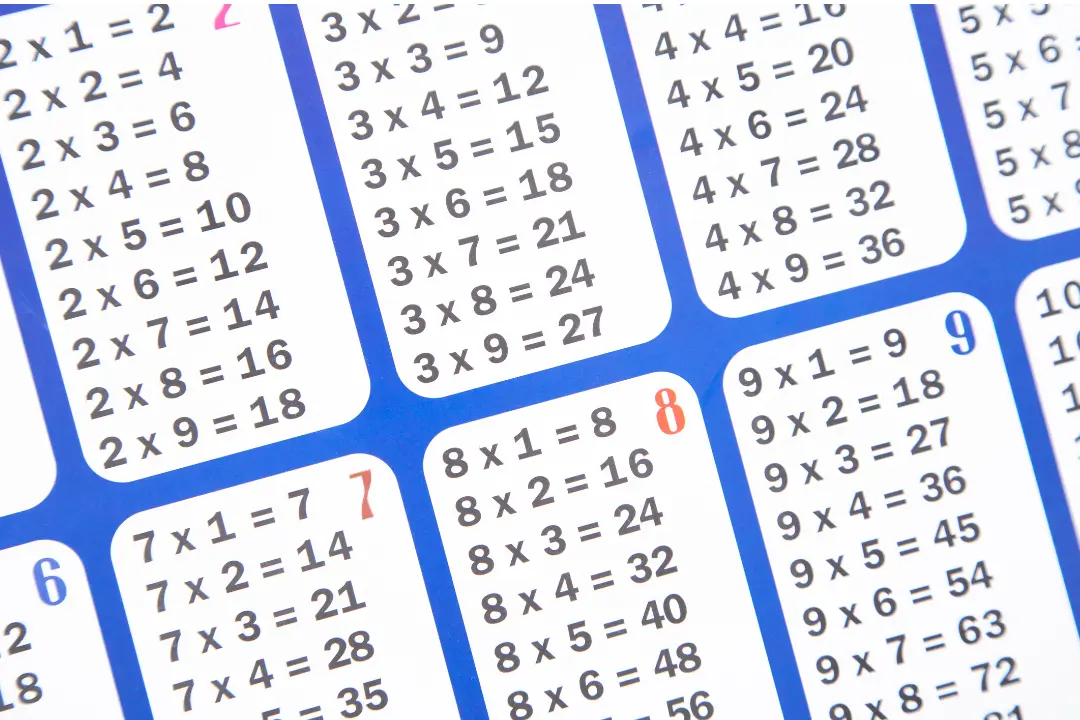Math Tables are the foundation of Maths, and mastering them early can give a significant boost to your child's confidence and proficiency in math.
Before I explain further, let me make one thing clear. The terms Maths Table, Times Table and Multiplication Table mean the same hence I will refer to these terms interchangeably.
In this blog, I'll guide you through the most effective method to teach and learn the Maths tables of 11 to 20. This special Welcome2Maths method that I teach to my students, has helped thousands of my students to write any multiplication table fast and accurately.
Though in this blog, I will target specifically these 10 tables, but you can use this concept to learn and teach times tables beyond these too.
Why are learning multiplication tables from 11 to 20 important?
Understanding and memorizing the Maths Tables of 11 to 20 and beyond is crucial for several reasons.
First, it helps children perform faster mental calculations, which is a valuable skill in both academic settings and real-life situations.
Second, knowing this table well can boost your child's confidence, making them more comfortable with other times tables and math multiplication tables in general.
Finally, a solid grasp of the Math Tables supports learning in other areas of math, such as arithmetic, division, fractions, and algebra.
The special Welcome2Maths method of learning Math Tables 11 to 20
To understand this method you need to know the Math Tables of single digit numbers i.e. tables of 1 to 9. If you remember those, then all 2-digit multiplication tables become a cakewalk. Let’s understand with the example of the Times table of 17.
So, in 17, what are the 2 digits? 1 and 7- right?
Now, remembering maths tables of 1 and 7 is easy. They are our basic tables. Let’s write the 2
tables side by side- first table of 1 on the left side and then table of 7 on the right side (refer below)
Using these 2 basic tables i.e. table of 1 and table of 7, we will create table of 17. The trick is simple. The unit digit of results of table of 7 will be the unit digit of the times table of 17. The tens place digit of the table of 7 will be carried over and added to the results of table of 1 to give us the rest of the digits in the multiplication table of 13.
1 X 1 = 1; 7 X 1 = 7 ⇒ 17 X 1 = 17
1 X 2 = 2; 7 X 2 = 14 ⇒ 17 X 2 = (2+1)4 = 34
1 X 3 = 3; 7 X 3 = 21 ⇒ 17 X 3 = (3+2)1 = 51
1 X 4 = 4; 7 X 4 = 28 ⇒ 17 X 4 = (4+2)8 = 68
1 X 5 = 5; 7 X 5 = 35 ⇒ 17 X 5 = (5+3)5 = 85
1 X 6 = 6; 7 X 6 = 42 ⇒ 17 X 1 = (6+4)2 = 102
1 X 7 = 7; 7 X 7 = 49 ⇒ 17 X 7 = (7+4)9 = 119
1 X 8 = 8; 7 X 8 = 56 ⇒ 17 X 8 = (8+5 )6 = 136
1 X 9 = 9; 7 X 9 = 63 ⇒ 17 X 9 = (9+6)3 = 153
1 X 10 = 10; 7 X 10 = 70 ⇒ 17 X 10 = (10+7)0 = 170
Isn’t it so simple? And this technique can be used for any 2 digit number.
Not only that with a little more application of mind, we can modify this technique for 3 digit numbers, 4 digit numbers and beyond. Moreover, this method is also very useful for multiplying 2-digit, 3-digit and even 4-digit numbers with 1-digit numbers in seconds.
If you want to learn these techniques directly from me through video lectures and hone your multiplication table skills through extra practice, you can check out my course Multiplication Table Course. Within a span of 3 days, you will master times tables from 1 to 10000.
Conclusion
In this article, we learnt the most effective way of learning and writing tables. You can use this technique to teach your child Maths table of 11 to 20 and beyond. This can help you to aid in your child’s overall Math learning process.
Remember, continuous practice and encouragement are key to Mastering the Math Tables. As a parent or teacher, your support and enthusiasm can make a significant difference in your child's learning journey. Celebrate their progress, be patient with challenges, and make learning a positive experience.
Happy learning!
© 2020 welcome2maths. All rights reserved



